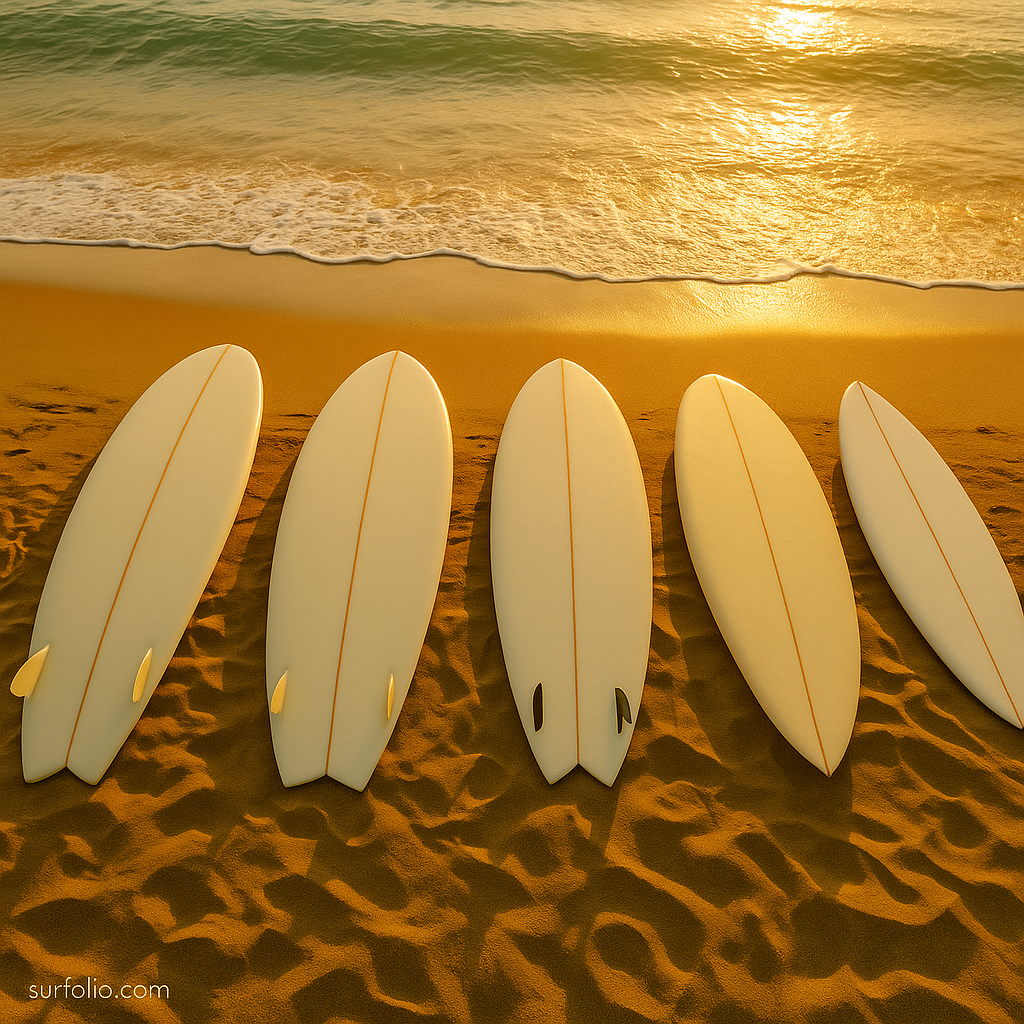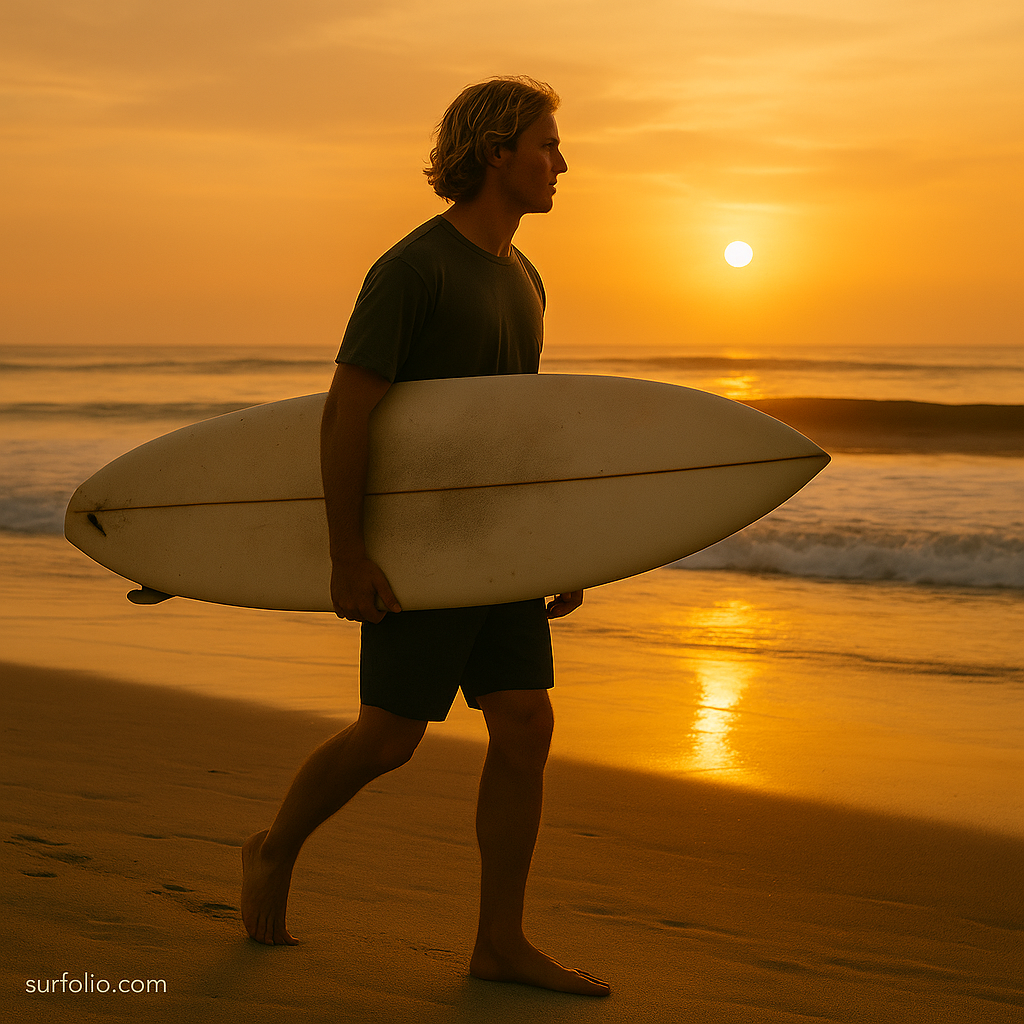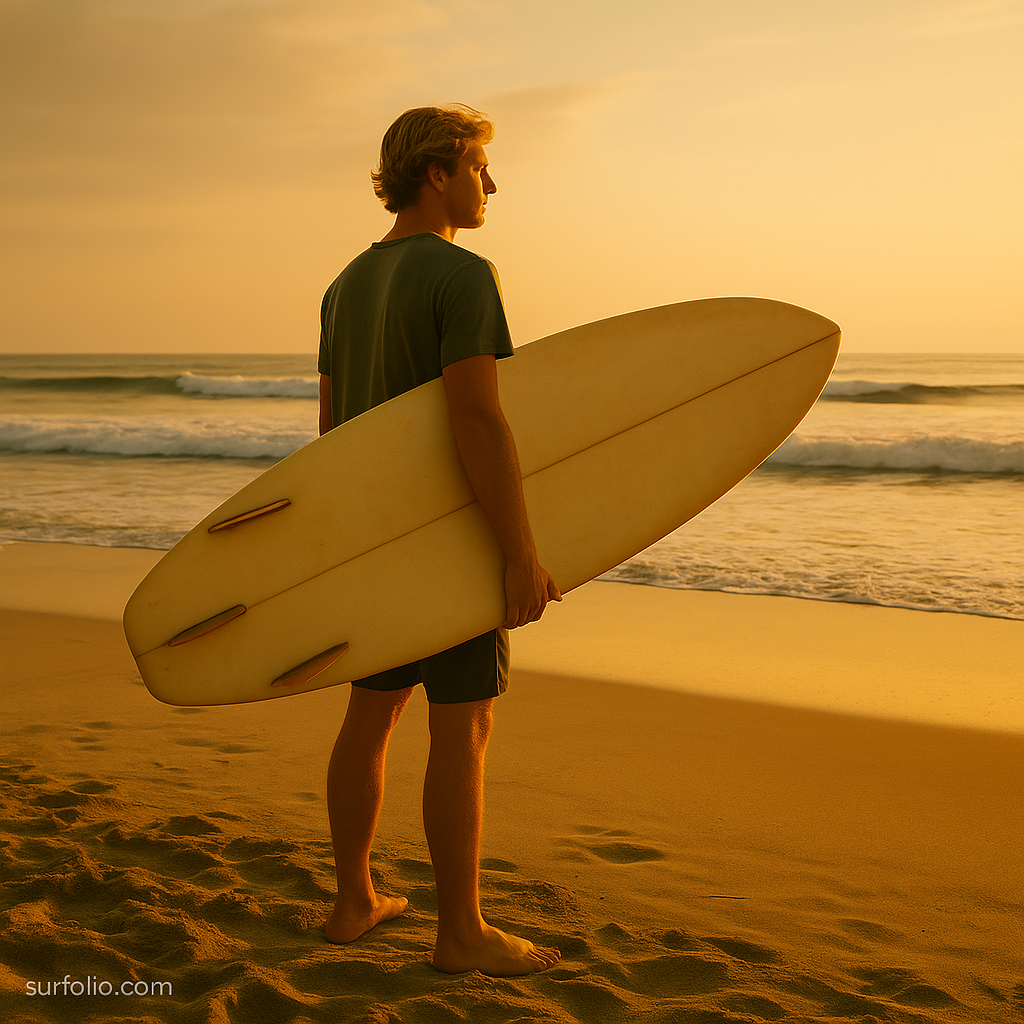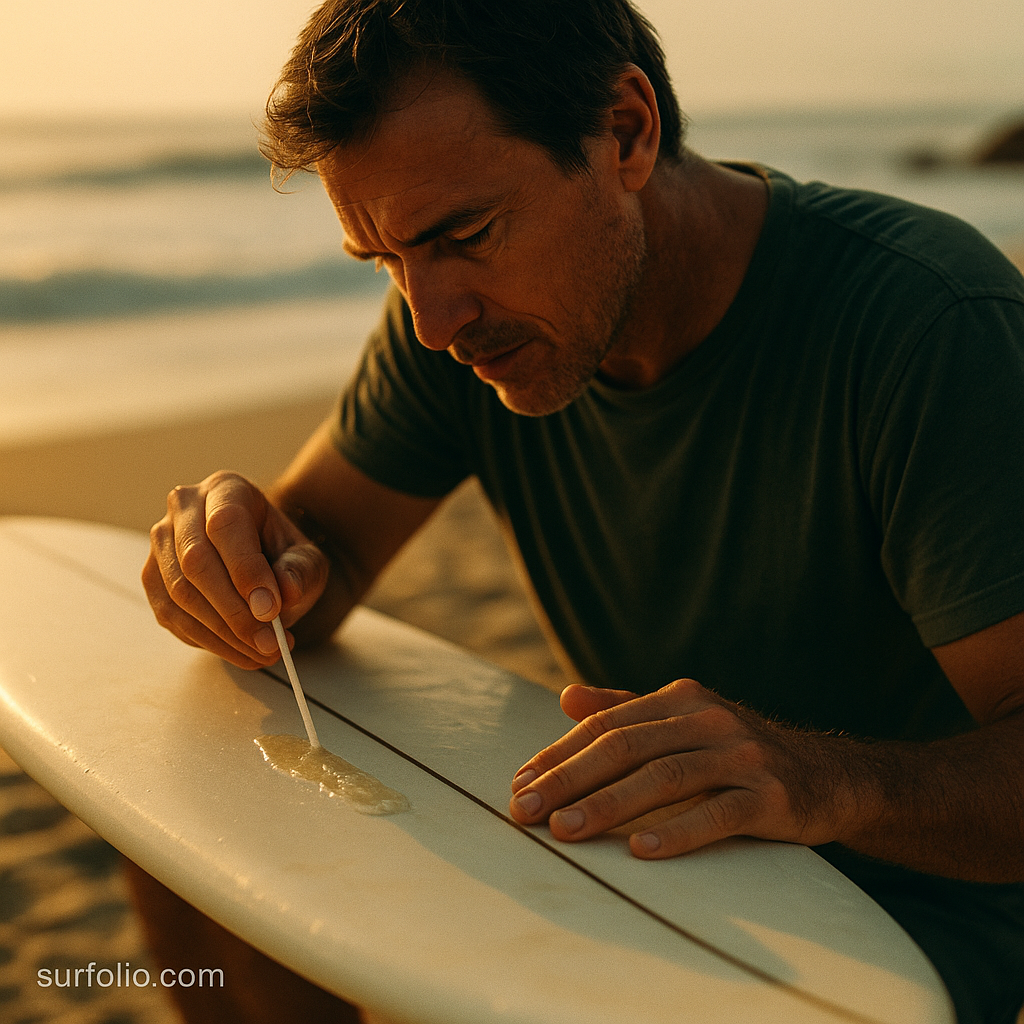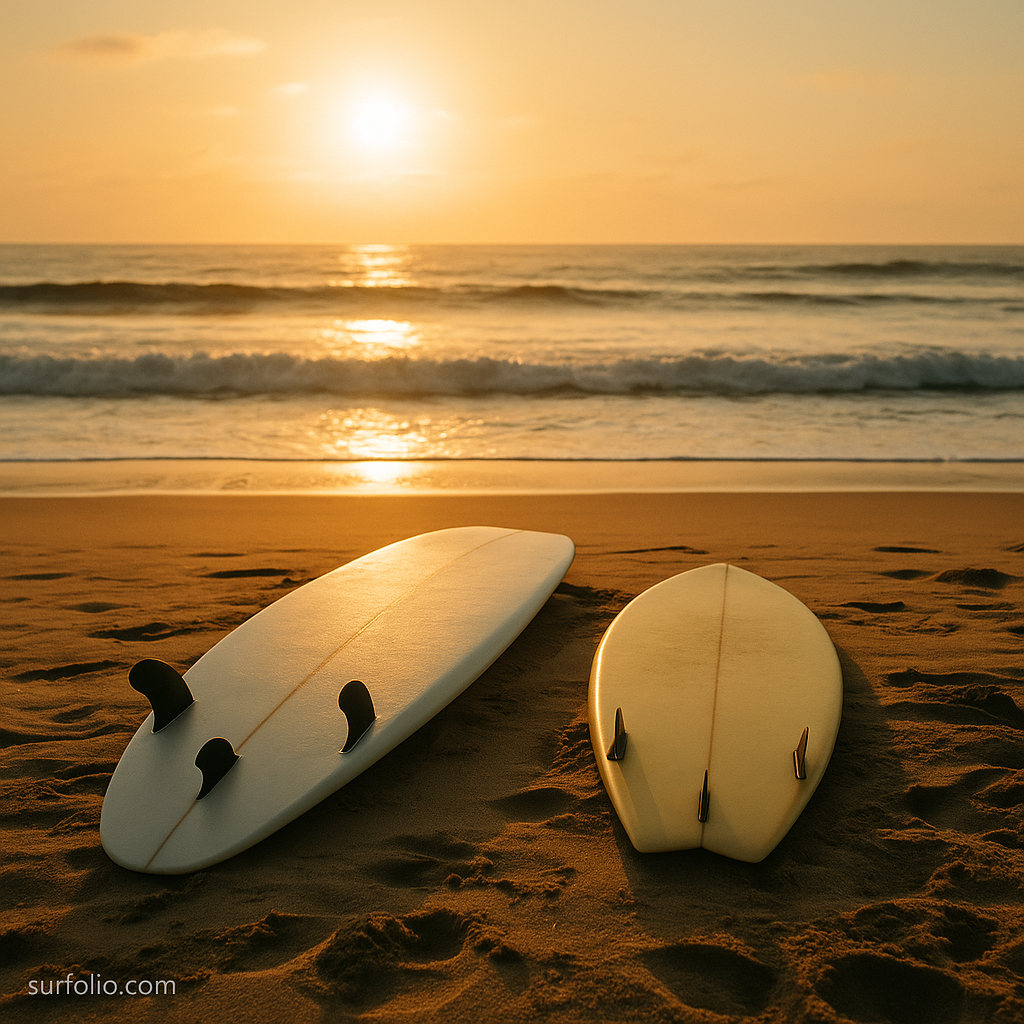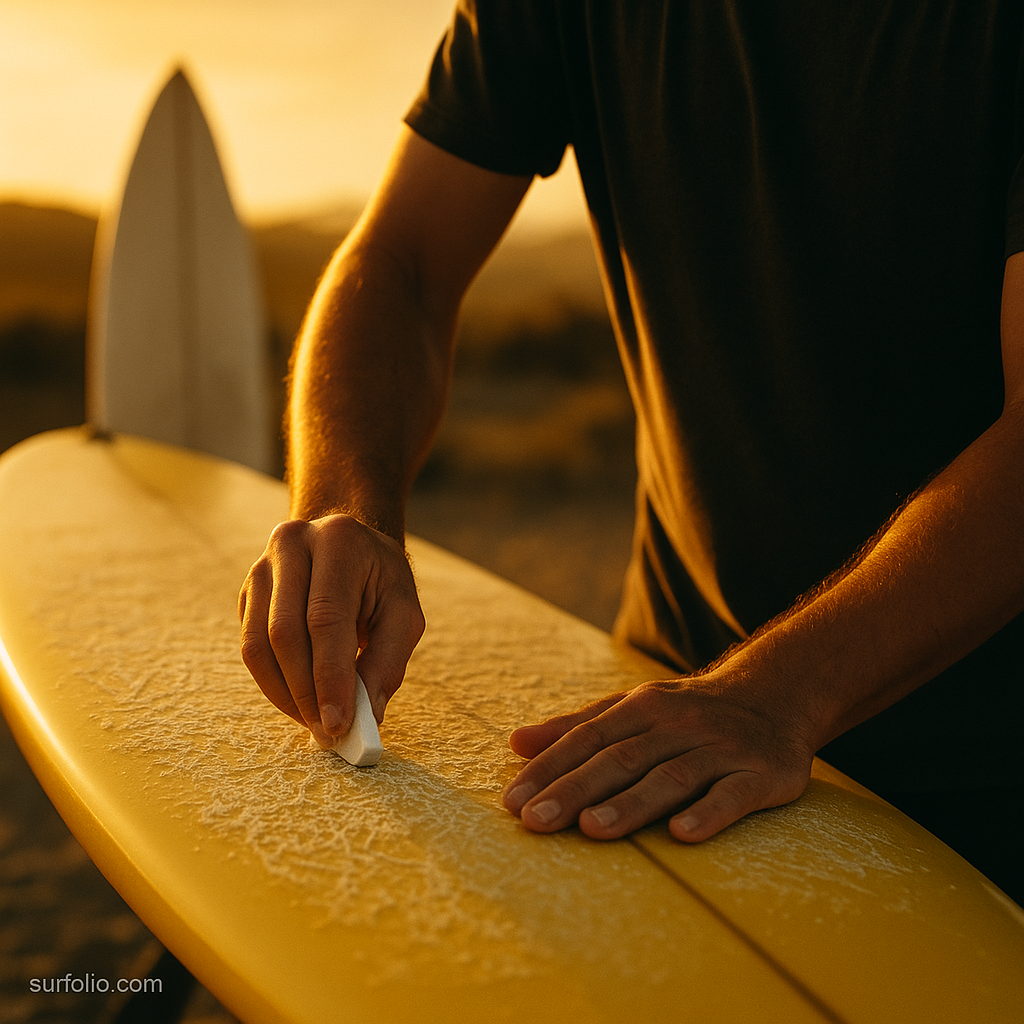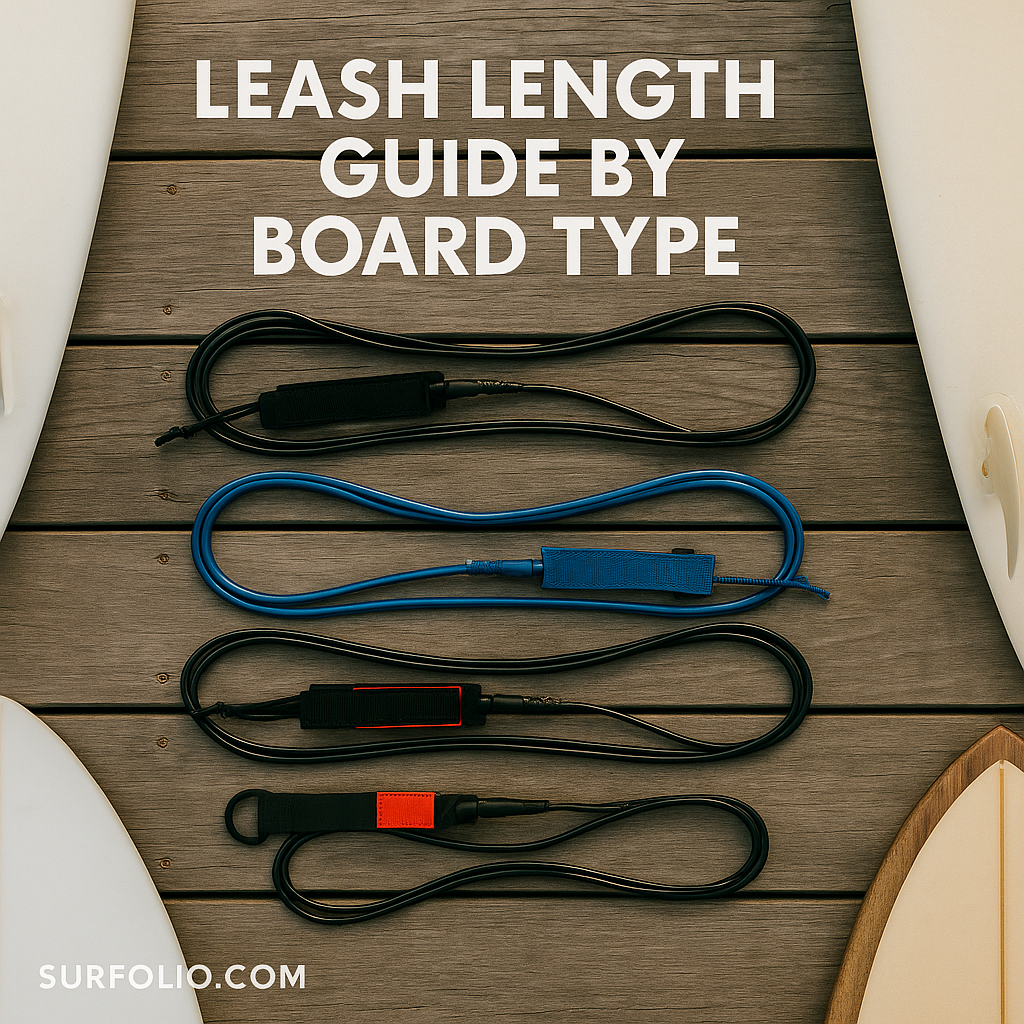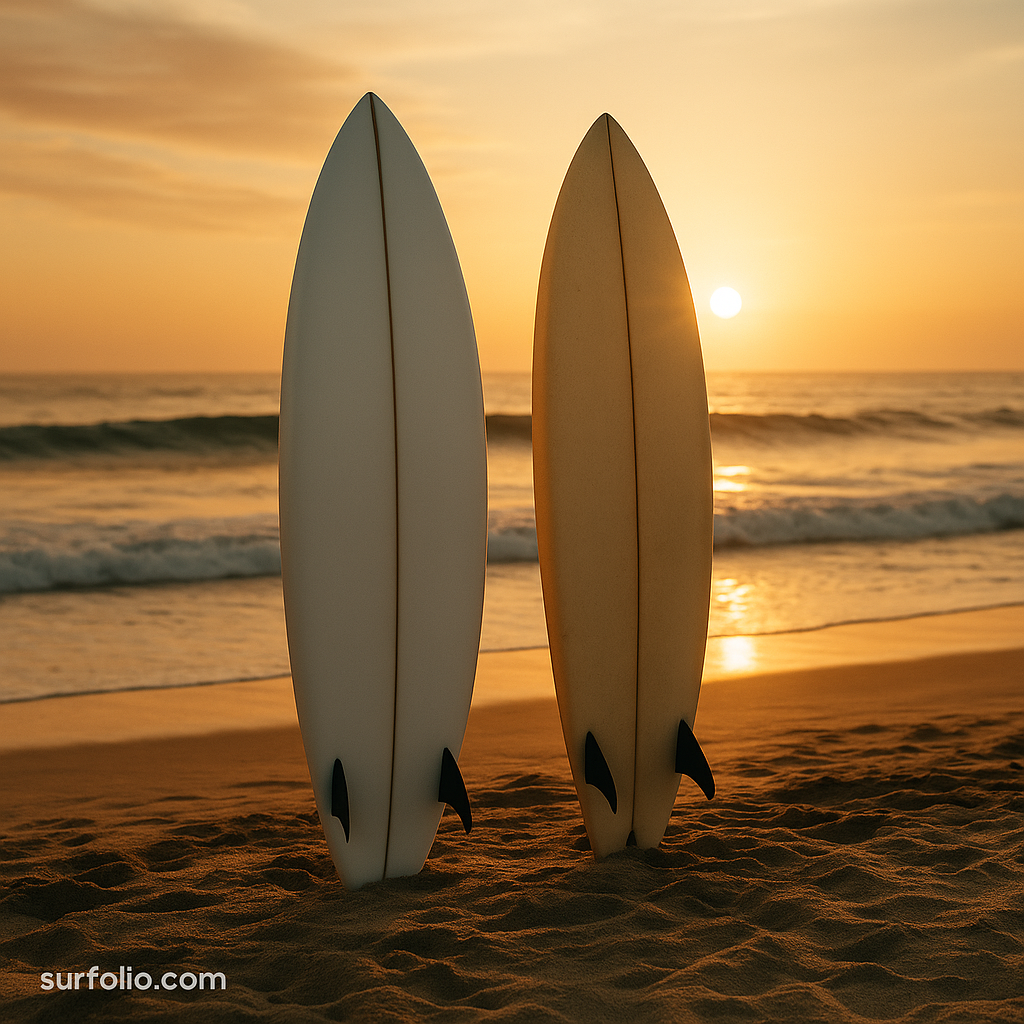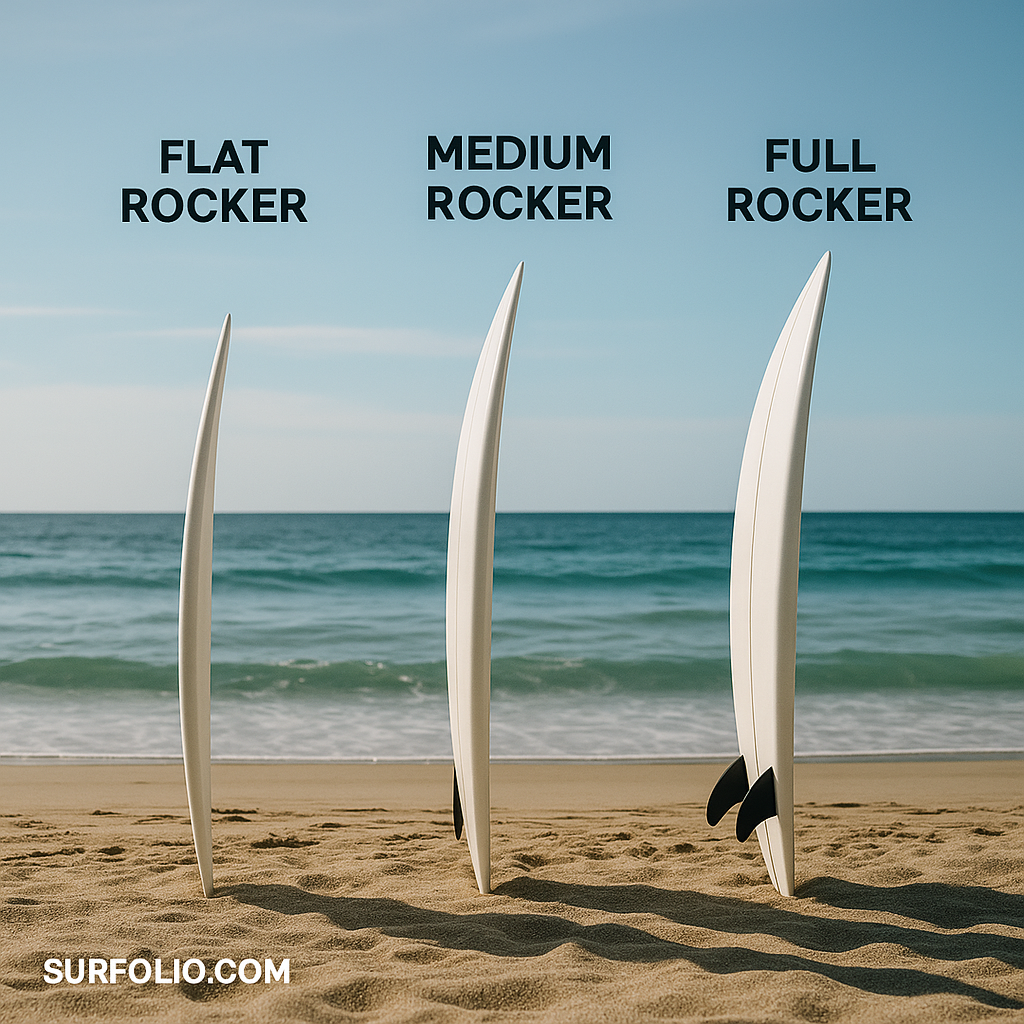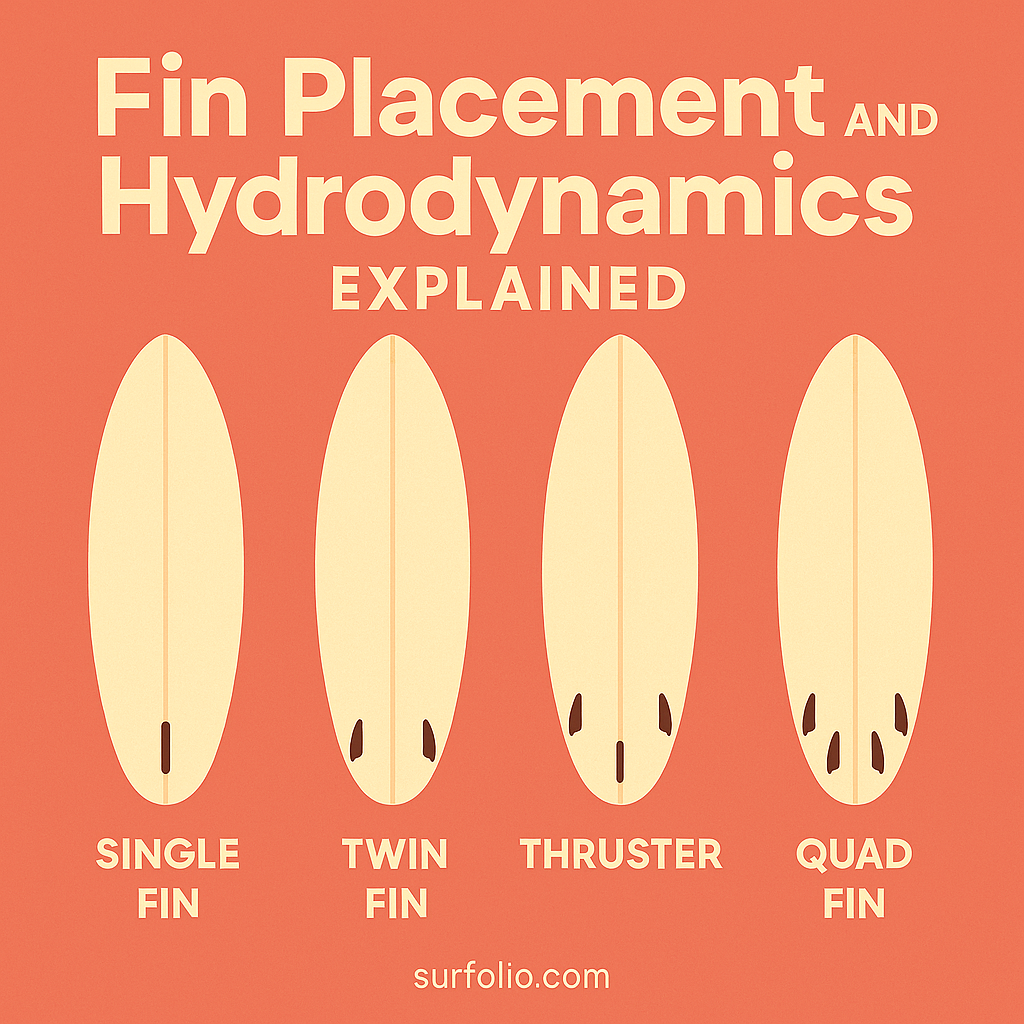
Surfboard fins are the unseen architects of every turn, carve, and line you draw on a wave. They’re what transform a flat piece of foam into a craft that can grip the face of a wave, generate speed, and respond to your slightest movement.
To truly understand surfboard performance, you have to dive into hydrodynamics — the science of how water moves around your board and fins. Whether you’re experimenting with a new setup or fine-tuning your favorite board, understanding fin placement gives you the power to customize how your board feels underfoot.
Continue reading “Fin Placement and Hydrodynamics Explained”
